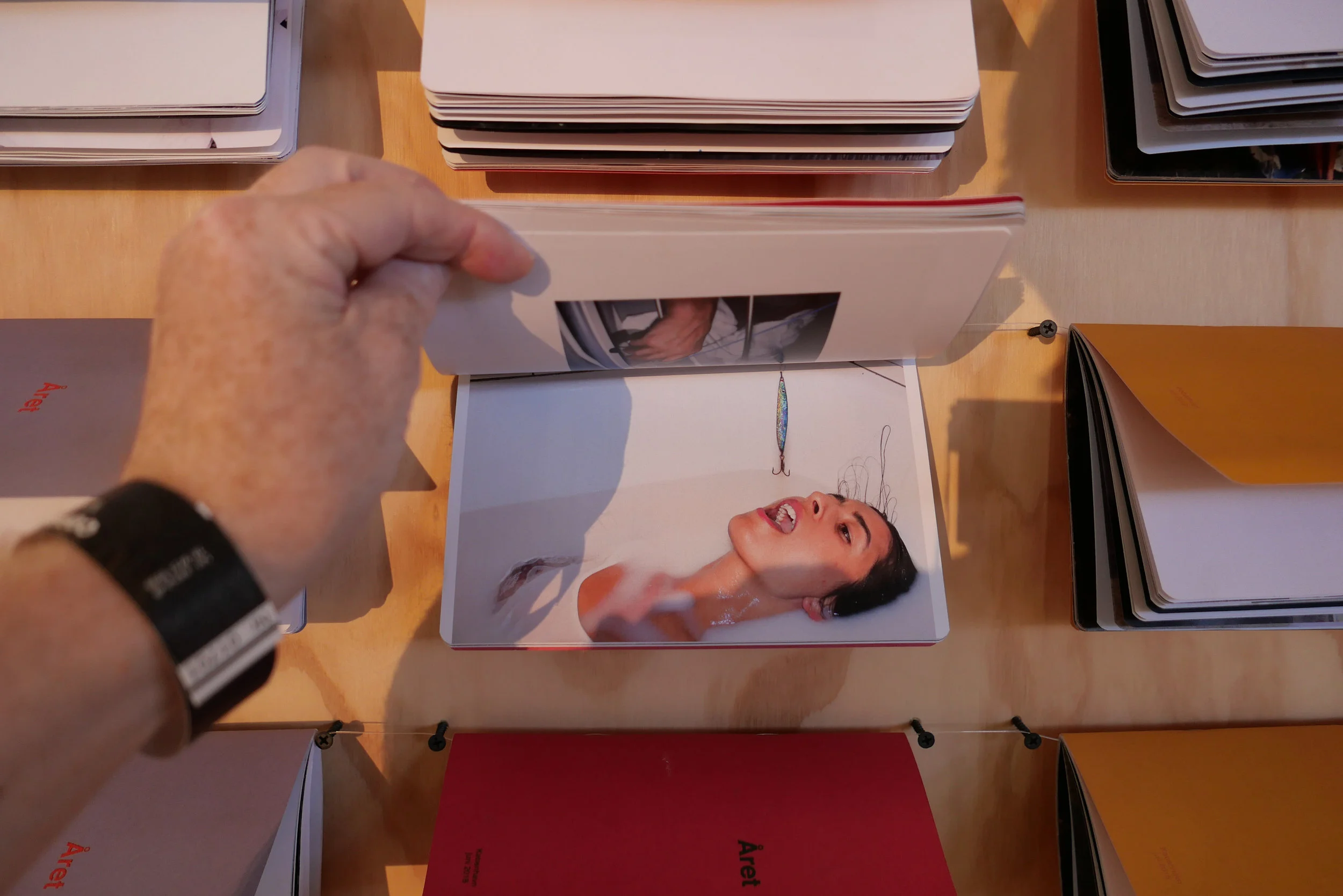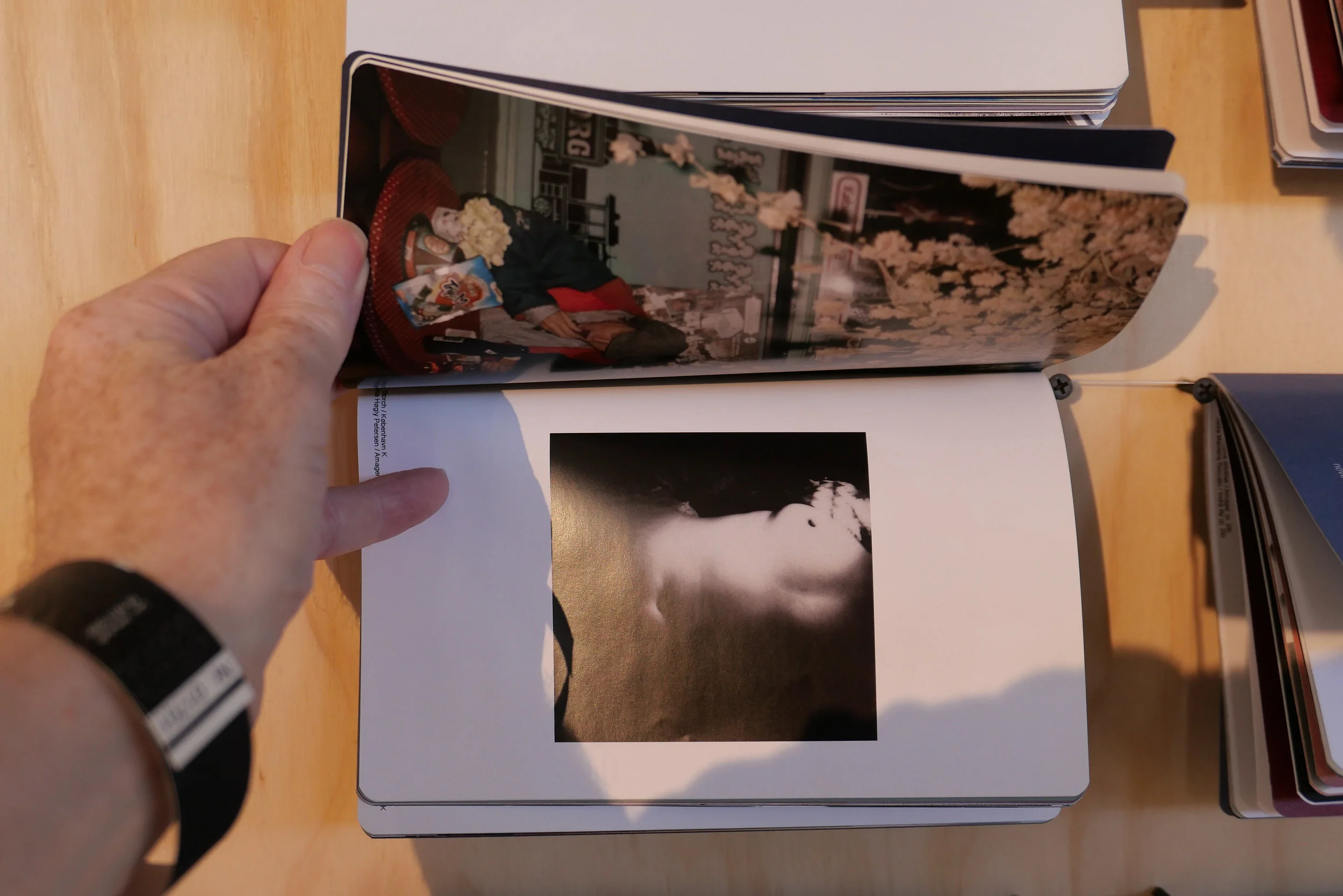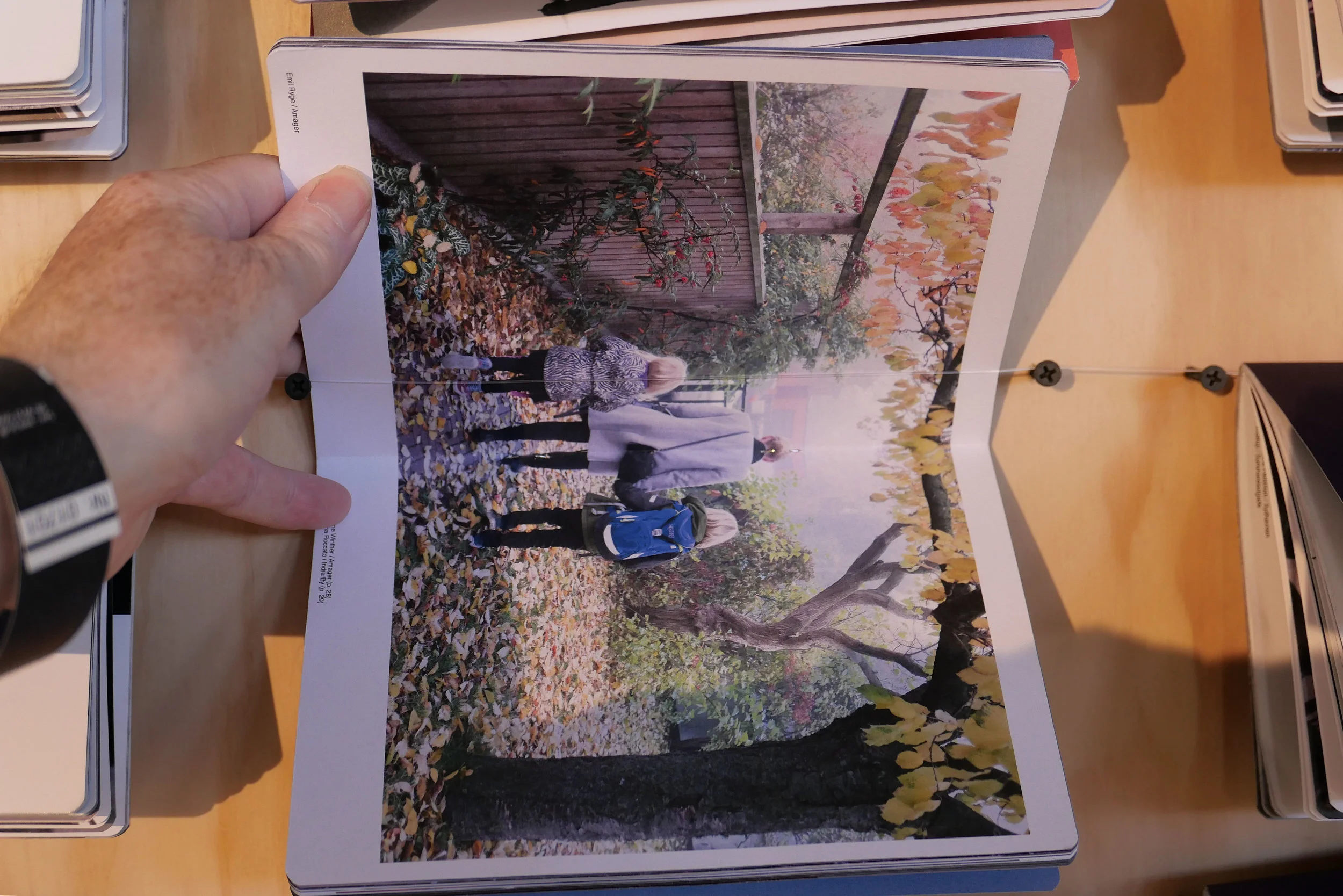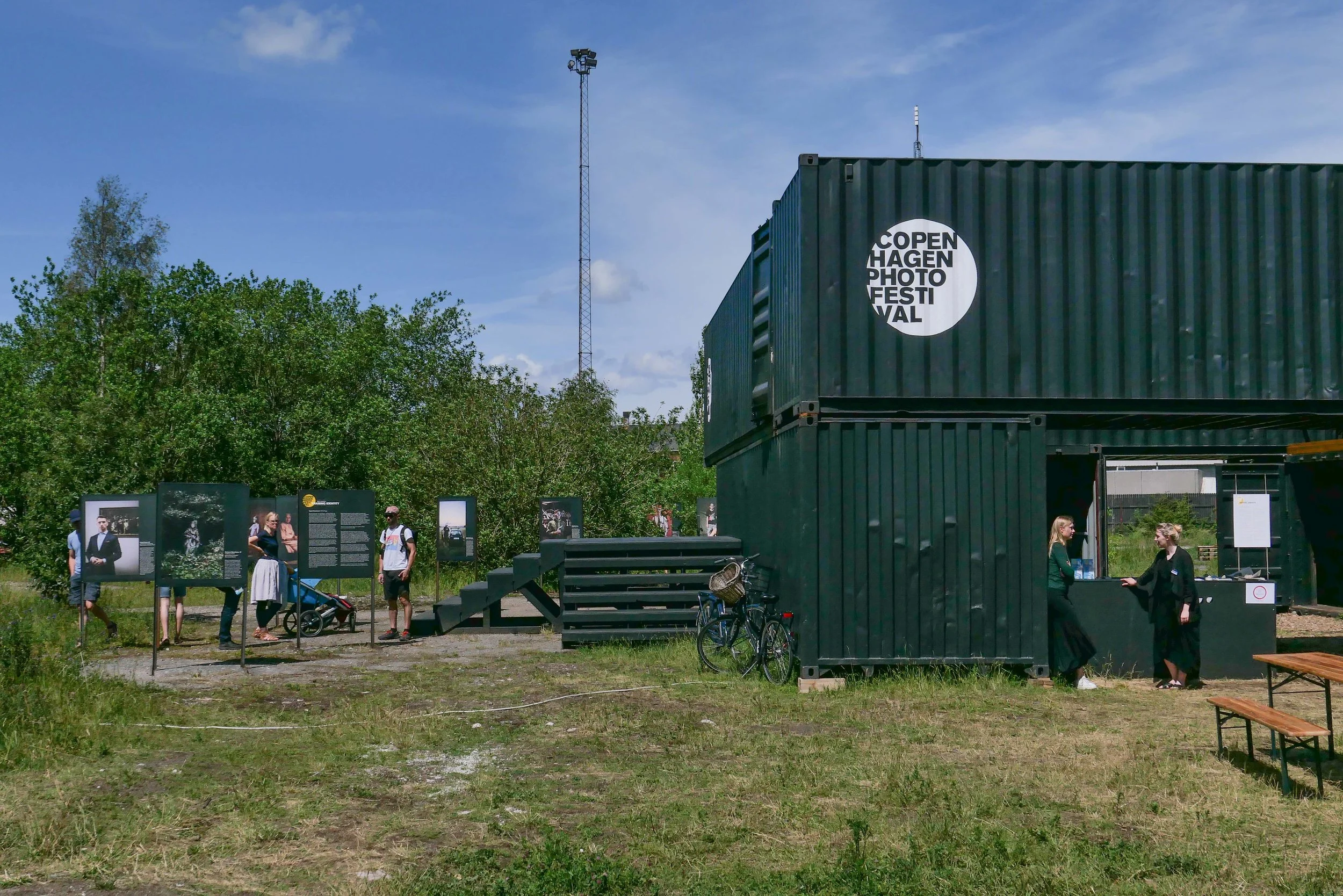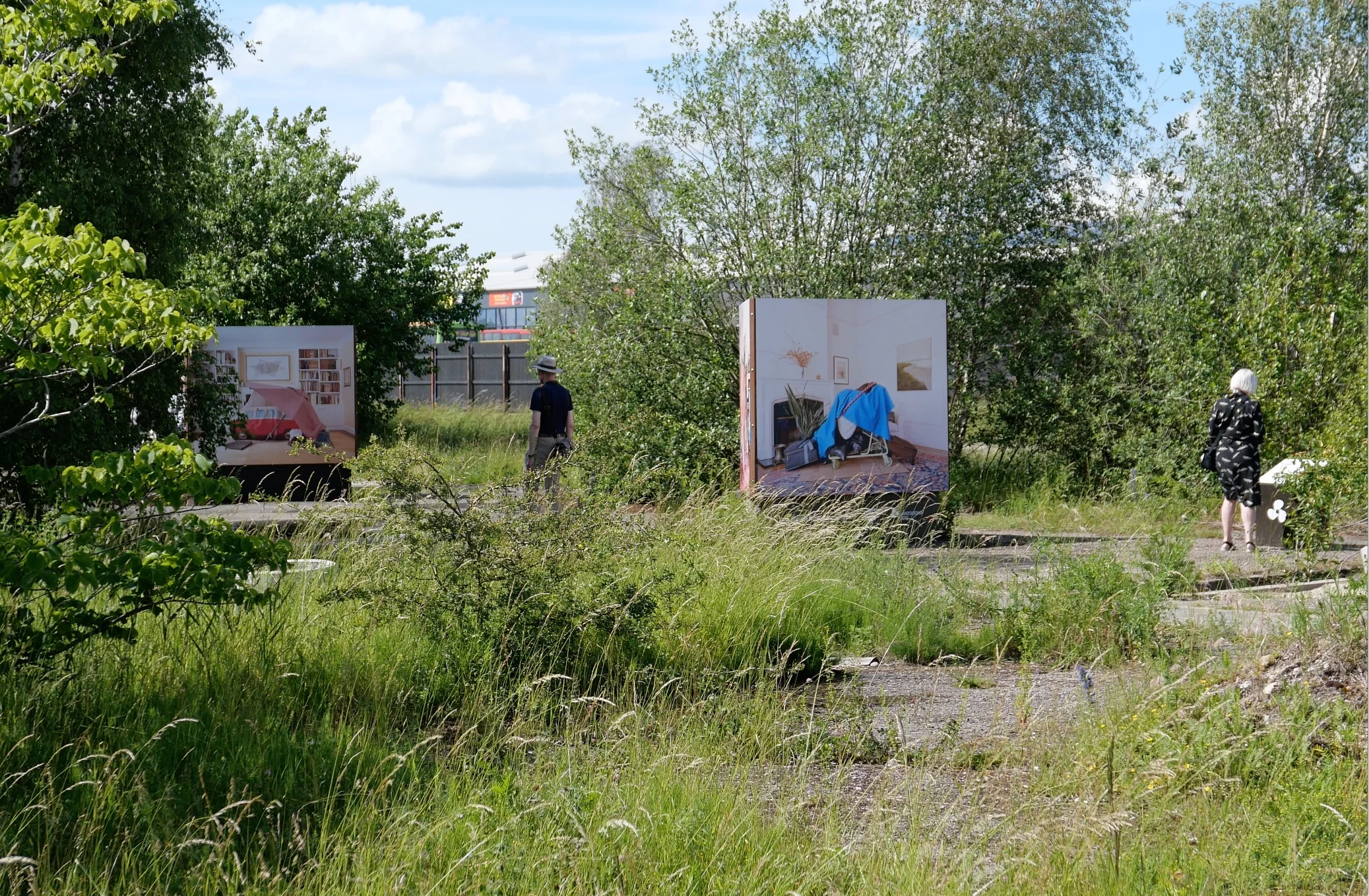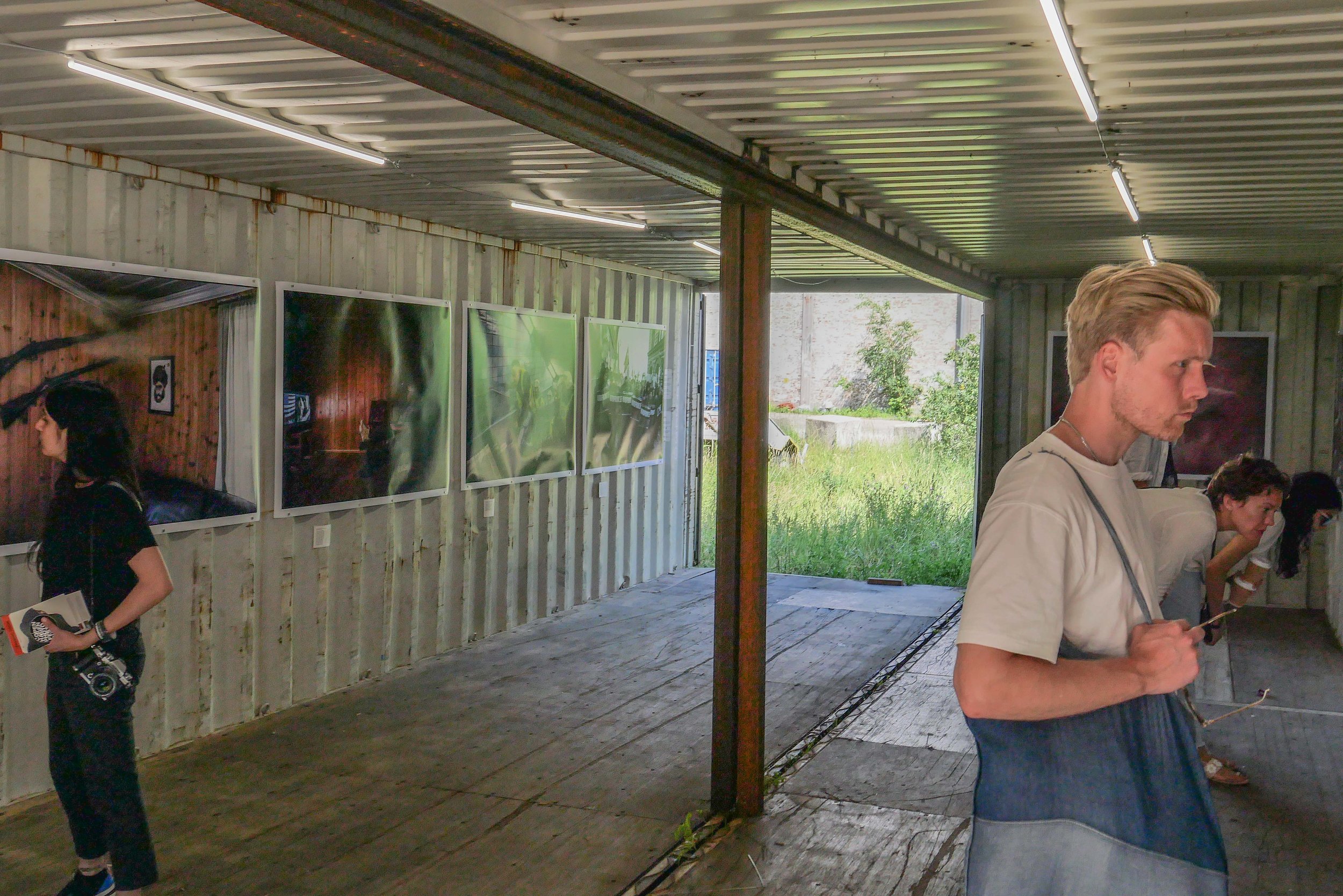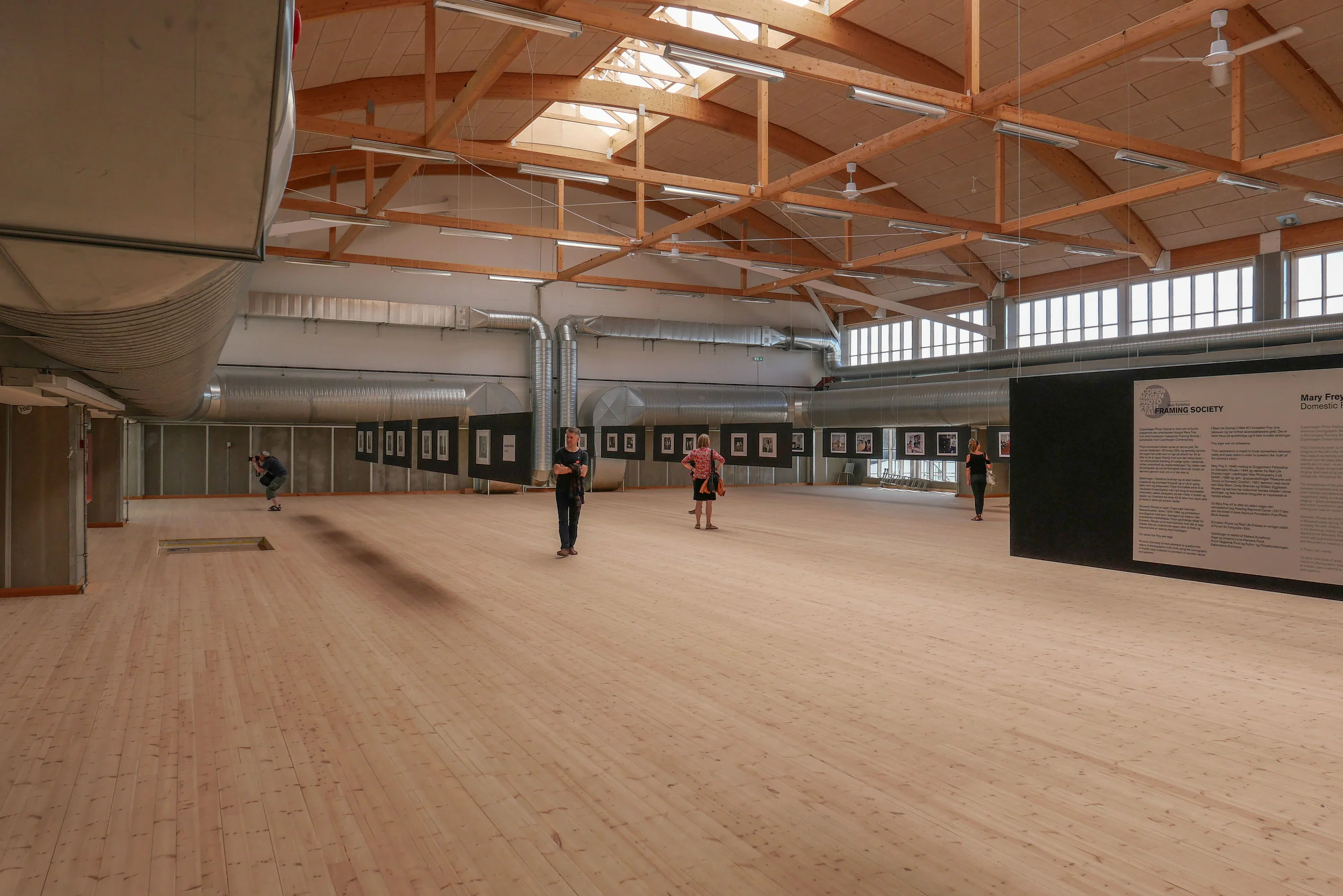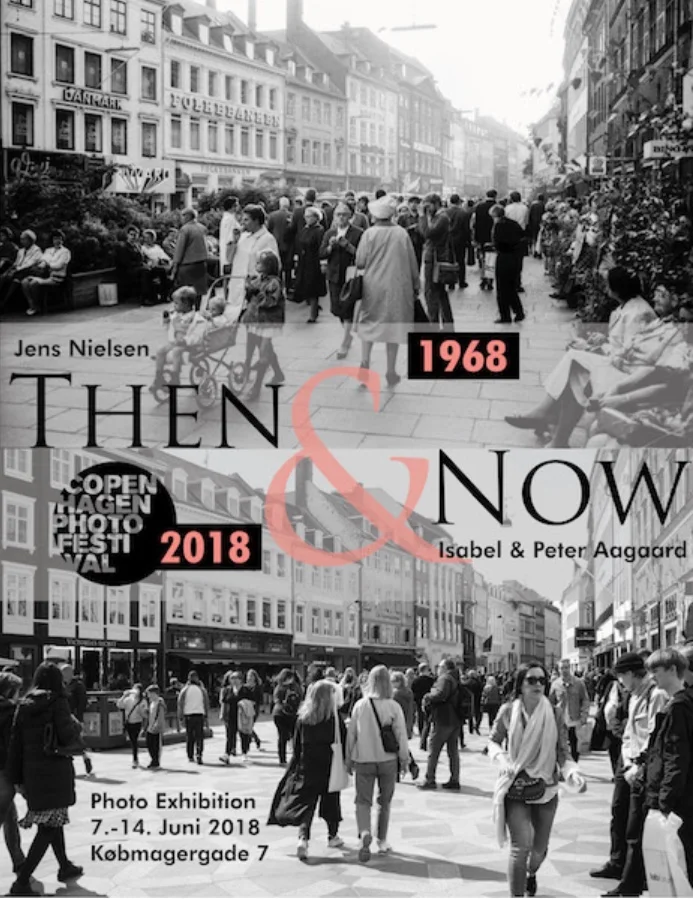Although there are exhibitions all over the city, Refshaleøen is the centre for the Copenhagen Photo Festival.
The area - with huge but abandoned buildings from the shipyards here until the 1990s - has an incredible atmosphere - part dereliction and decay and part alive with energy as the area is being transformed.
It's definitely photogenic with amazing materials, colours and texture and with strong contrasts between areas of decay hard against buildings and areas being given a new life.
But there is an odd disjunction ….
The area has become a playground for the city. Of course that's not in itself a bad thing because Copenhagen needs somewhere where people can make a noise - the heavy metal festival Copenhell is out here at the end of the month - or make a mess and it's somewhere artists and makers and young start-up companies can find work space with low or relatively low rents for now in this interim period before developers and money men move in and they are driven out. The area feels consciously edgy but maybe slightly hyper because everyone knows the clock is ticking.
There are actually expensive places here to eat and drink alongside a huge variety of foods from the food market … and I'm not knocking any of that … I'm as middle class as you can get and come out here to Lille Bakery to buy some of the best bread in the city … but ……
And this is where my inner puritan kicks in …Refshaleøen was a huge and, for the post-war Danish economy, a crucial industrial site where thousands of men worked and worked hard and the memory of that is fading and disappearing. Machinery, hoists, cranes have all gone with little remaining to tell you what was done and where.
I'm not romanticising work that must, for many, have been hard and grim. It's just that it is now 30 years since ships were made here so there must be fewer and fewer people alive who actually worked in the yards. Should people now still try to understand all that and remember? Do we need to understand how we got here to make sense of where we are going?
If you stopped any of the foreign students arriving in droves on their bikes or any of the tourists off the ferry and asked them then very few would even know that this part of the city had been a shipyard. Does that matter?
My first trips to Copenhagen were after the ship yards closed, so I have no first-hand idea of what this area was like through the 1950s and 1960s, except from looking at old photos and maps and maybe that is the other odd thing that few visitors will understand … this land was claimed from the sea, became a major industrial area and failed and dismantled and abandoned in just three decades. In an age when we are more and more concerned about our impact on our planet, is Refshaleøen a stark example of man moving in, transforming a landscape and moving on leaving the mess … so a monument to hubris … or a lesson in pragmatism … our ability to salvage and make something new once the old is no longer of use?
And if I missed the shipyards, I do remember the area before gentrification began … exploring and taking odd photographs of scrap yards and wire fences and vicious guard dogs and feeling uneasy, knowing I was intruding, and waiting to be challenged or seen off at any moment.
Again I'm not romanticising that in any way but maybe cities need scruffy land on the edge of regulations and outside planning and controls although, I guess, that is not on the agenda of the politicians and developers.


